Windows 8 RTM: What's New In Microsoft's New OS
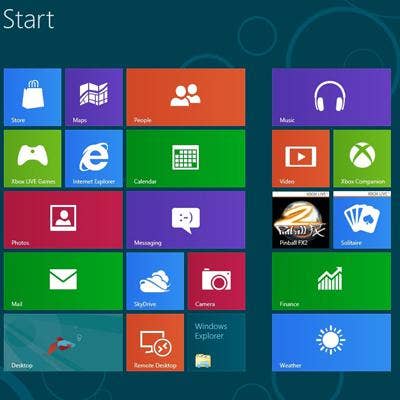
Love-Hate Win 8
Companies and reseller organizations that plan to adopt Windows 8 should prep for some heavy sledding. Though Microsoft has smoothed some of the Windows 8 user-interface bumps, plenty has changed, and people will inevitably get stuck trying to figure out where stuff is or how to get stuff done. Here's a look at some of the major changes to help prepare you for the onslaught of questions and support calls.
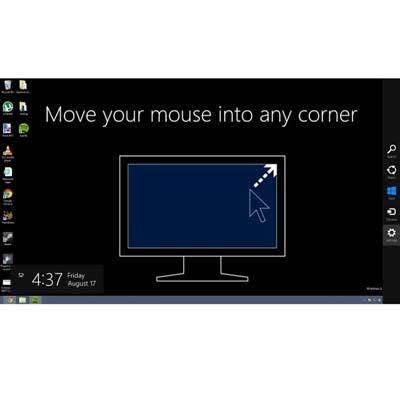
Finger-Flicking Good?
In Windows 8, Microsoft creates a consistent user interface for computers, tablets and smartphones by morphing the Start menu into the Start screen, a finger-flicking environment that presents Windows Phone-like tiles with live data from the apps they represent, which launch when tapped.
No real news there. What's different is that the release version's now more responsive to mouse movements, bringing up Windows 8 features when pointing at hot corners. This is illustrated during installation and at a few points after first running the new OS. But it's quite possible that new users might never see those clues, and unless their mouse pointer wanders into hot corners accidentally, they're bound to be frustrated enough to pick up the phone.
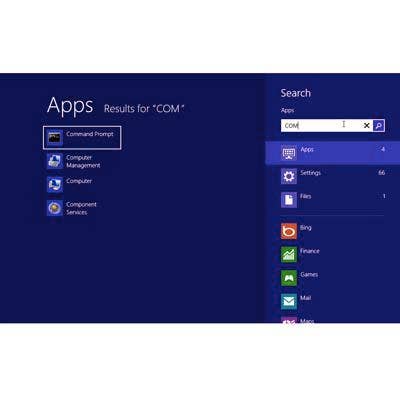
Charmed, I'm Sure
For some users, the Start menu was more than a place to run apps by clicking submenus. It also was home to the "Run" command, which could be evoked with a keystroke to run an app in less time than it takes to type the apps name. The same functionality is now available right from the Start screen, where apps can be run simply by typing their name. But, that doesn't work from Desktop mode, which is where a good many keyboard-and-mouse users will find themselves much of the time. To get to the Start screen, one must simply press the "Windows" button on keyboards (or tablets) that are so equipped, which toggles between Desktop and Start screens.
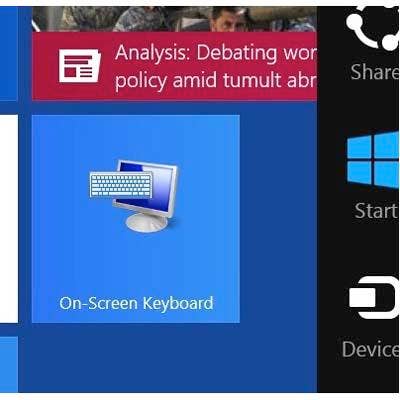
Keyboard Tile
Launching an app from the Start screen by typing its name is great for people with a keyboard, but for tablet users there's no way to begin typing until the on-screen keyboard is visible. A good way around having to make a trip to the desktop is to create a tile for the on-screen keyboard. By the way, the Start screen is known as the Modern UI; Microsoft has discontinued use of the "Metro" nomenclature, which it says was only a code name.
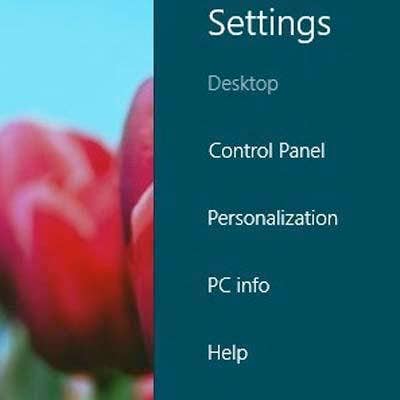
Losing Control
In Windows 8, Microsoft has separated system and application controls into multiple panels, some of which are accessed from the Charms bar (shown) while other are embedded in application ribbons. Seen here is the Desktop's PC Settings Charm bar and its link to the traditional Control Panel, which still contains most system settings. Those accessible from the PC Settings panel are for app-notification settings, search settings and for certain keyboard preferences. Formatting, defrag and drive controls are baked into the Windows Explorer ribbon. The top portion of the Charm bar varies depending on the active application.
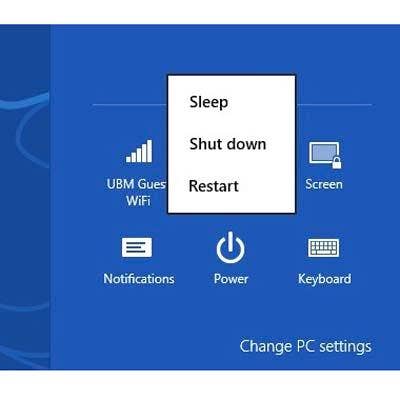
Pressing Start To Stop
The controls to restart and shutdown a system are now found in the lower portion of the Charms bar (shown), which remains consistent regardless of which app is active. These quick settings include wireless network, sound, screen resolution, notifications on-screen keyboard and system power. For the first time in Windows history, it's no longer necessary to go to the "Start" menu to stop a system.
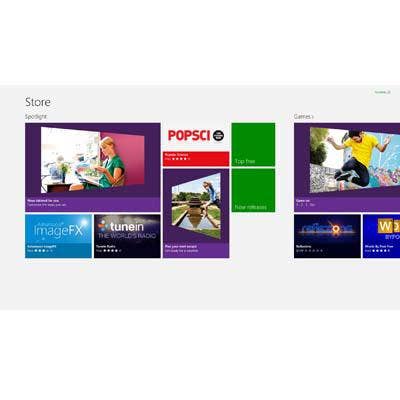
Windows Store
The Windows Store has changed a great deal in comparison with the release version and those we had seen in the previews, and it has a lot more apps. It appears that the destination website is different from the release version before, and that's good. Because the preview versions advanced from September 2011, until the most recent release preview this summer, there didn't appear to be a whole lot of activity in the store. The new store has not only a new look but also hundreds, perhaps thousands, of new titles. And, the ability to search for titles by name, type or price is available using the Charm bar's Search function.
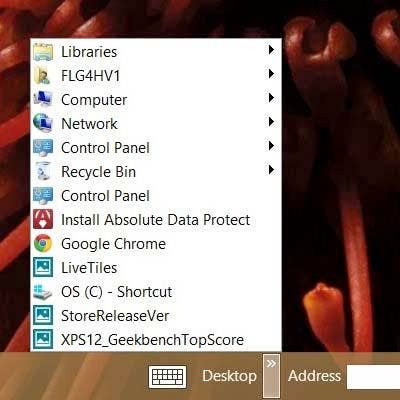
'Start Menu Lite'
For die-hard Start menu purists, there's a way to bring up what we're calling a Start Menu Lite. To enable it, go to Desktop mode and right-click (or long-press) on the taskbar. When the Toolbars menu appears, select "Desktop" to display the Desktop toolbar shown. Other handy Toolbars available include the on-screen keyboard and address bar for quick URL entries.
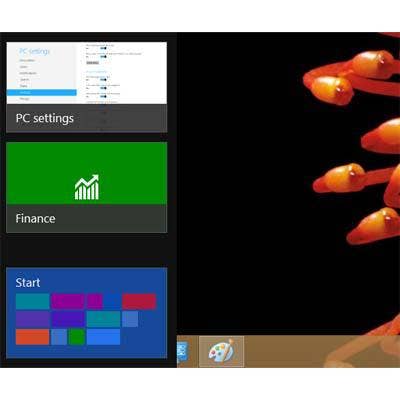
'Where's My App?'
For callers with the refrain: "I was working in [app name] and it just disappeared," the first thing to suggest would be that they press ALT-TAB to page through active apps (just as in prior versions of Windows). In addition, a list of running apps can be found by dragging the left edge of the screen inward and then outward again. That pastes thumbnails of all active apps along the left edge of the screen; tap on any app for direct access. By the way, the Windows 8 desktop taskbar behaves in much the same way as that of Windows 7.
In fact, we believe that if it weren't for the Start menu's transmogrification into Start screen, there would be scant few differences between Win7 and Win8 that most people wouldn't call cosmetic or tablet-centric.